

Our Announcements
Sorry, but you are looking for something that isn't here.
Posted by admin in BALOCHISTAN-A RAY OF HOPE FOR PAKISTAN, My Scintillating Homeland, Pakistan's Beauty, Pakistan-A Nation of Hope, PAKISTANIS LIGHT UP THE WORLD, Roshan Pakistan, Sohni Dharti Allah Rakhay on April 21st, 2013

by admin on Oct 24, 2011

The British Parliament passed the Indian Independence Act on July 18, 1947. The Act created two dominions, Indian Union and Pakistan. It also provided for the complete end of British control over Indian affairs from August 15, 1947. The Muslims of the Sub-continent had finally achieved their goal to have an independent state for themselves, but only after a long and relentless struggle under the single-minded guidance of the Quaid.
The Muslims faced a gamut of problems immediately after independence. However, keeping true to their traditions, they overcame them after a while. Quaid-i-Azam Muhammad Ali Jinnah was appointed the first Governor General of Pakistan and Liaquat Ali Khan became its first Prime Minister. Pakistan became a dominion within the British Commonwealth of Nations.
The boundaries of Pakistan emerged on the map of the world in 1947. This was accomplished on the basis of the Two-Nation Theory. This theory held that there were two nations, Hindus and Muslims living in the territory of the Sub-continent. Sir Syed Ahmad Khan was the first exponent of the Two-Nation Theory in the modern era. He believed that India was a continent and not a country, and that among the vast population of different races and different creeds, Hindus and Muslims were the two major nations on the basis of nationality, religion, way-of-life, customs, traditions, culture and historical conditions.
The politicization of the Muslim community came about as a consequence of three developments:
While the antecedents of Muslim nationalism in India go back to the early Islamic conquests of the Sub-continent, organizationally it stems from the demands presented by the Simla Deputation to Lord Minto, the Governor General of India, in October 1906, proposing separate electorates for the Indian Muslims. The principal reason behind this demand was the maintenance of a separate identity of the Muslim nationhood.
In the same year, the founding of the All India Muslim League, a separate political organization for Muslims, elucidated the fact that the Muslims of India had lost trust in the Hindu-dominated Indian National Congress. Besides being a Hindu-dominated body, the Congress leaders in order to win grass-root support for their political movements, used Hindu religious symbols and slogans, thereby arousing Muslim suspicions regarding the secular character of the Congress.
Events like the Urdu-Hindi controversy (1867), the partition of Bengal (1905), and Hindu revivalism, set the two nations, the Hindus and the Muslims, further apart. Re-annulment of the partition of Bengal in 1911 by the British government brought the Congress and the Muslim League on one platform. Starting with the constitutional cooperation in the Lucknow Pact (1916), they launched the Non-Cooperation and Khilafat Movements to press upon the British government the demand for constitutional reforms in India in the post-World War I era.
But after the collapse of the Khilafat Movement, Hindu-Muslim antagonism was revived once again. The Muslim League rejected the proposals forwarded by the Nehru Report and they chose a separate path for themselves. The idea of a separate homeland for the Muslims of Northern India as proposed by Allama Iqbal in his famous Allahabad Address showed that the creation of two separate states for the Muslims and Hindus was the only solution. The idea was reiterated during the Sindh provincial meeting of the League, and finally adopted as the official League position in the Lahore Declaration of March 23, 1940.
Thus these historical, cultural, religious and social differences between the two nations accelerated the pace of political developments, finally leading to the division of British India into two separate, independent states, Pakistan and India, on August 14 & 15, 1947, respectively.
COURTESY: PLEASE VISIT A WONDERFUL SCHOLARLY WEBSITE ON PAKISTAN: STORY OF PAKISTAN
http://storyofpakistan.com/the-birth-of-pakistan/
Grate Acknowledgement of Pakistani Photographer Muhammad Shoaib Tanoli
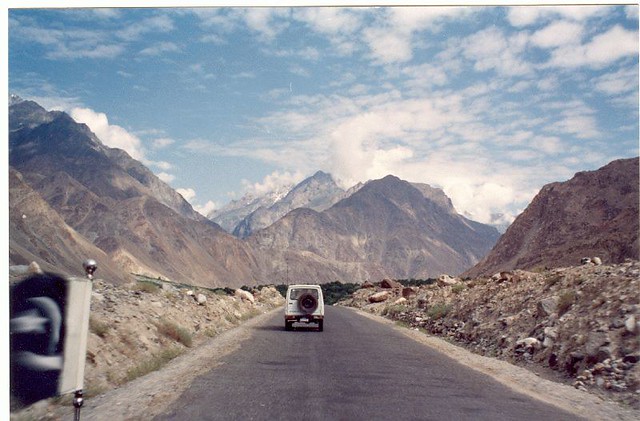 NORTHERN PAKISTANJust before Pakistan-China border 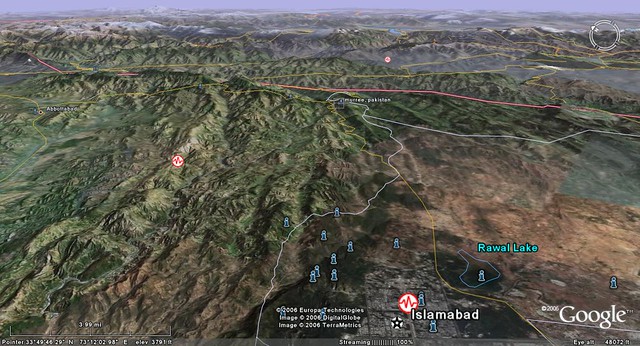 Northern PakistanA snapshot of some of my travels in the breathtaking areas of Northern Pakistan 12 years ago – the red line across the mountains is the border with Azad Kashmir. In fact, this view also takes in Punjab, the Islamabad Capital Territory and the North-West Frontier Province- four of Pakistan’s eight provinces 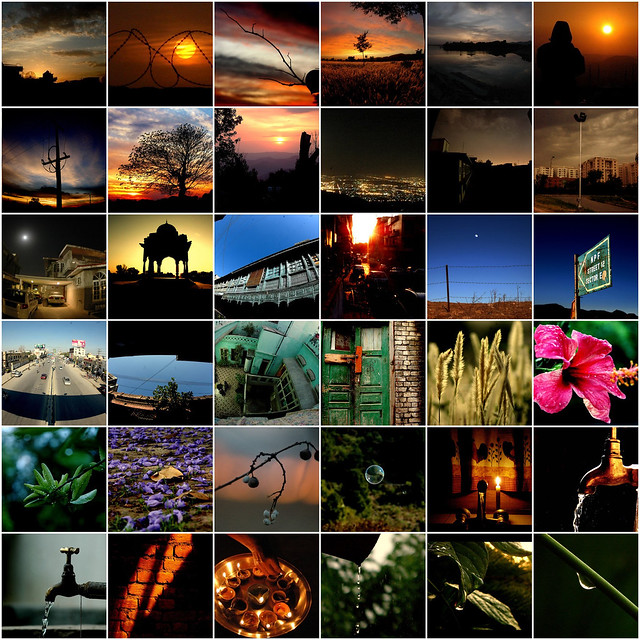 Pakistan through my eyesPardon me for making another mosaic collection of my photographs but I just couldn’t help it. Having photographed Pakistan especially Islamabad-Rawalpindi (where I live) extensively I have come to appreciate everything about Pakistan- and I have found beauty in them- from Pakistan’s sunsets to landscapes to architecture to remnants of British colonial buildings to a weather-beaten tap to a single dew on a plant- and especially culture. 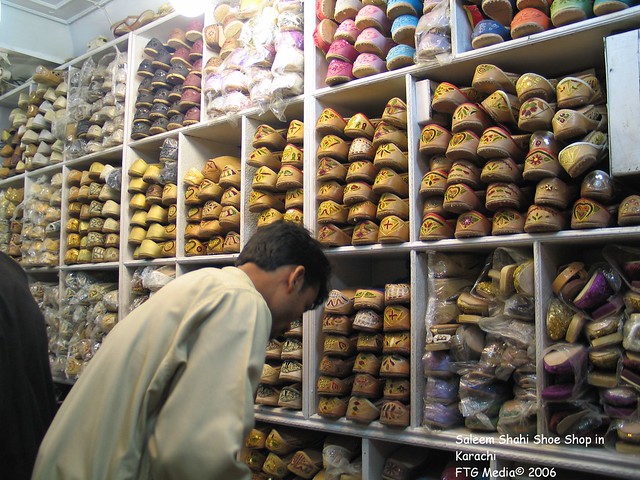 Karachi Shoe Shop- PakistanSaleem-Shahi Sandels/Shoes at Hyderi Market Karachi Pakistan
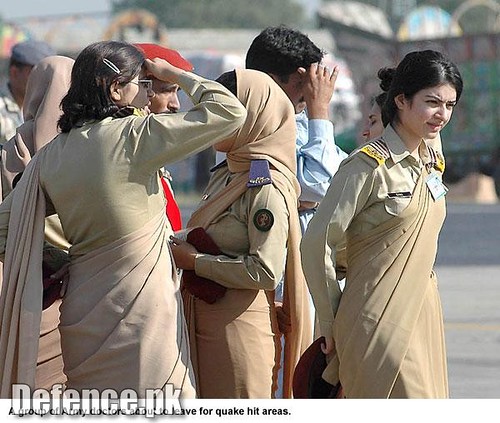 PAKISTAN MILITARYPAKISTAN MILITARY Khurram Gardezi
 Pakistan MapPakistan Map at Wagha Border Lahore. 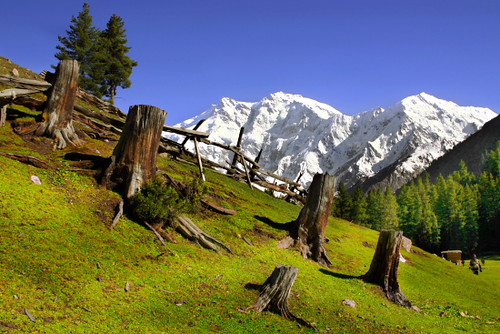 Roots (Mountain Nanga Perbat, Fairy Meadow, Pakistan)My Beautiful Pakistan.  Roots (Mountain Nanga Perbat, Fairy Meadow, Pakistan)My Beautiful Pakistan.
 Pakistan, KarachiPakistan, Karachi beach 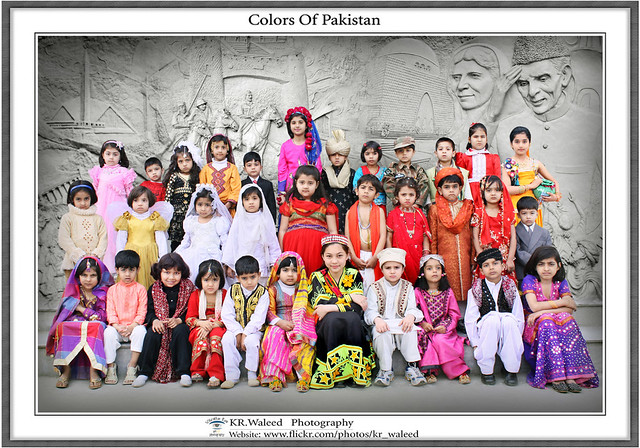 Colors Of Pakistan.Cultural Dresses of Pakistan. |
Posted by Brave_Heart in Pakistan's Beauty, Pakistan-A Nation of Hope on April 17th, 2013


The Shalimar Gardens (Urdu: شالیمار باغ), sometimes written Shalamar Gardens, were built by the Mughal emperor Shah Jahan in Lahore, modern day Pakistan. Construction began in 1641 A.D. (1051 A.H.) and was completed the following year. The project management was carried out under the superintendence of Khalilullah Khan, a noble of Shah Jahan’s court, in cooperation with Ali Mardan Khan and Mulla Alaul Maulk Tuni.
The Shalamar Gardens are laid out in the form of an oblong parallelogram, surrounded by a high brick wall, which is famous for its intricate fretwork. The gardens measure 658 meters north to south and 258 meters east to west. In 1981, Shalimar Gardens was included as a UNESCO World Heritage Site along with the Lahore Fort, under the UNESCO Convention concerning the protection of the world’s cultural and natural heritage sites in 1972.
The three level terraces of the Gardens
The Gardens have been laid out from south to north in three descending terraces, which are elevated by 4-5 metres (13-15 feet) above one another. The three terraces have names in Urdu as follows:
The upper terrace named Farah Baksh meaning Bestower of Pleasure.
The middle terrace named Faiz Baksh meaning Bestower of Goodness.
The lower terrace named Hayat Baksh meaning Bestower of life.
Shah Nahar : Irrigation of the Gardens
To irrigate the Gardens, a canal named Shah Nahar meaning Royal canal, later also known as Hansti canal, meaning Laughing canal was brought from Rajpot (present day Madhpur in India), a distance of over 161 kilometers. The canal intersected the Gardens and discharged into a large marble basin in the middle terrace.
410 fountains
From this basin, and from the canal, rise 410 fountains, which discharge into wide marble pools. The surrounding area is rendered cooler by the flowing of the fountains, which is a particular relief for visitors during Lahore’s blistering summers, with temperature sometimes exceeding 120 degrees fahrenheit. It is a credit to the ingenuity of the Mughal engineers that even today scientists are unable to fathom how the fountains were operated originally. The distribution of the fountains is as follows:
The upper level terrace has 105 fountains.
The middle level terrace has 152 fountains.
The lower level terrace has 153 fountains.
All combined, the Gardens therefore have 410 fountains.
Water cascades
The Gardens have 5 water cascades including the great marble cascade and Sawan Bhadoon.
The buildings of the Gardens include:
Sawan Bhadum pavilions
Naqar Khana and its buildings
Khwabgah or Sleeping chambers
Hammam or Royal bath
The Aiwan or Grand hall
Aramgah or Resting place
Khawabgah of Begum Sahib or Dream place of the emperor’s wife
Baradaries or summer pavilions to enjoy the coolness created by the Gardens’ fountains
Diwan-e-Khas-o-Aam or Hall of special & ordinary audience with the emperor
Two gateways and minarets in the corners of the Gardens
Some of the varieties of trees that were planted included:
Almond
Apple
Apricot
Cherry
Gokcha
Mango
Mulberry
Peach
Plum
Poplar
Quince Seedless
Sapling of Cypress
Shrubs
Sour & sweet oranges
Numerous other varieties of odoriferous (fragrant) and non odoriferous and fruit giving plants
The site of the Shalimar Gardens originally belonged to one of the noble Zaildar families in the region, well known as Mian Family Baghbanpura. The family was also given the Royal title of ‘Mian’ by the Mughal Emperor, for its services to the Empire. Mian Muhammad Yusuf, then the head of the Mian family, donated the site of Ishaq Pura to the Emperor Shah Jahan, after pressure was placed on the family by the royal engineers who wished to build on the site due to its good position and soil. In return, Shah Jahan granted the Mian family governance of the Shalimar Gardens. The Shalimar Gardens remained under the custodianship of this family for more than 350 years.
In 1962, the Shalimar Gardens were nationalised by General Ayub Khan because leading Mian family members had opposed his imposition of martial law in Pakistan.
The Mela Chiraghan festival used to take place in the Gardens, until President Ayub Khan ordered against it in 1958.
The Shalimar Gardens are located near Baghbanpura along the Grand Trunk Road some 5 kilometers northeast of the main Lahore city.
Also Visit: Shalimar